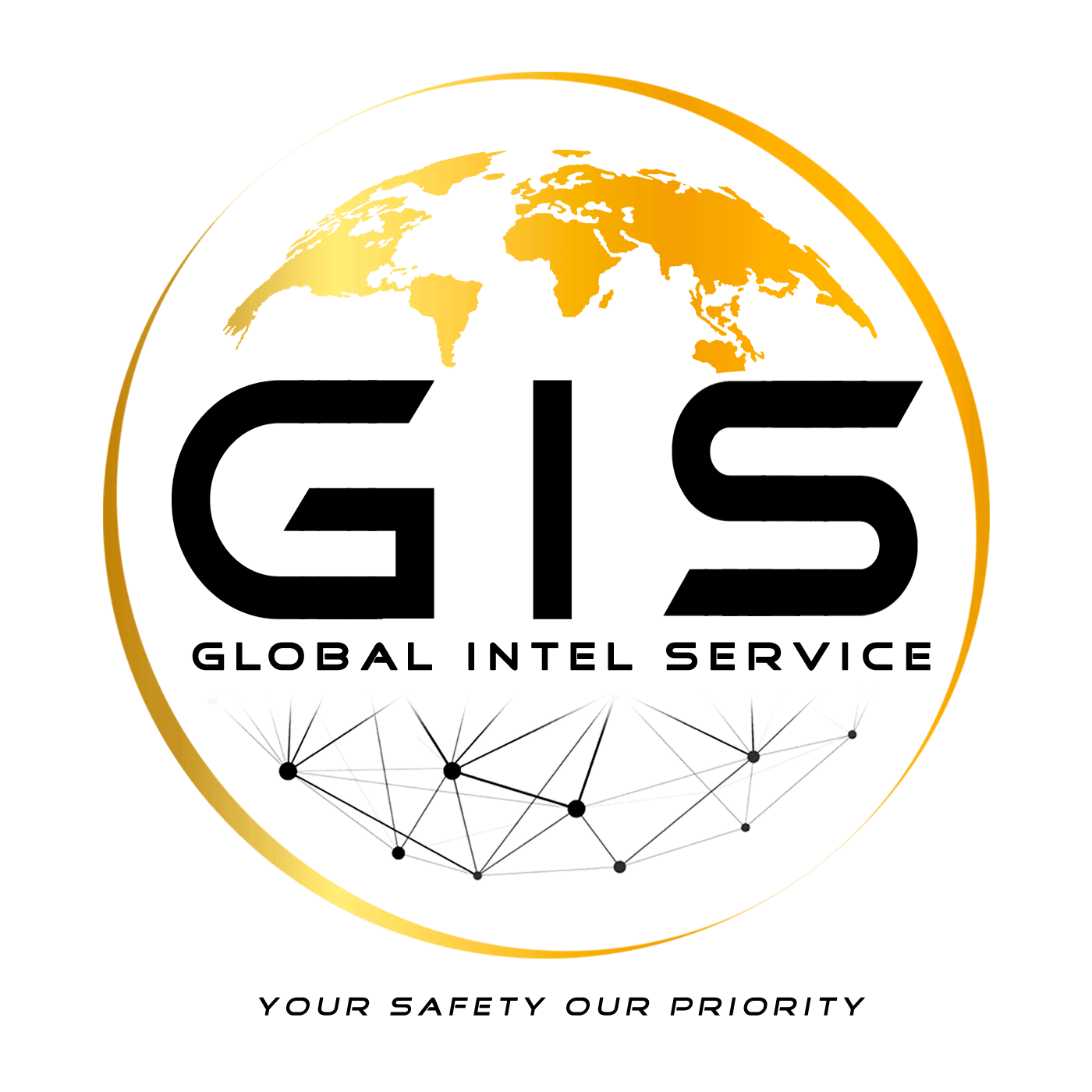Access Control Vulnerabilities: Identifying and Mitigating Risks
Understanding Access Control Vulnerabilities
Access control vulnerabilities present significant risks to organizations by allowing unauthorized users to access sensitive information. These weaknesses can be exploited through improper session management, broken authentication, or insufficient permission checks. Identifying these vulnerabilities is crucial for maintaining the integrity and confidentiality of data.
Effective access controls are fundamental in preventing unauthorized access, ensuring that only permitted users can perform specific actions or view particular data. This process involves defining roles and permissions accurately and implementing robust authentication mechanisms.

Common Types of Access Control Vulnerabilities
Several types of access control vulnerabilities are commonly encountered. Among them are:
- Broken Access Control: Occurs when restrictions on what authenticated users are allowed to do are not properly enforced.
- Privilege Escalation: Happens when users gain higher-level access than intended.
- Insecure Direct Object References: Occur when applications expose internal objects to the user without proper authorization checks.
Understanding these vulnerabilities helps in designing more secure systems and preventing malicious activities that can have severe consequences.
Identifying Access Control Vulnerabilities
Identifying access control vulnerabilities requires a comprehensive assessment of the system’s architecture and access management policies. Regular security audits and penetration testing are essential practices to uncover weaknesses.
Security teams should focus on testing user role assignments, permission verification, and session management. Tools like automated scanners can assist in detecting common vulnerabilities, but manual testing is often necessary for more complex scenarios.

Mitigating Risks Associated with Access Control
Mitigating access control risks involves a combination of strategies, including:
- Implementing Least Privilege: Grant users only the access necessary to perform their job functions.
- Regularly Reviewing Access Rights: Conduct periodic reviews to ensure users have appropriate access levels.
- Utilizing Multi-Factor Authentication (MFA): MFA adds an additional layer of security, making unauthorized access more difficult.
By adopting these strategies, organizations can significantly reduce the potential for unauthorized access and data breaches.
Best Practices for Access Control
To enhance access control security, organizations should adhere to best practices such as:
Implementing centralized access management systems to streamline user access handling and ensure consistent application of policies across all platforms. Additionally, educating employees about security protocols and the importance of maintaining secure access credentials is vital.

The Role of Continuous Monitoring
Continuous monitoring plays a critical role in access control management. By keeping track of access logs and monitoring user activities, organizations can quickly identify suspicious behavior and respond to potential threats.
Automated alert systems can further assist by notifying security teams of unusual activities, enabling a rapid response to mitigate risks effectively. This proactive approach is essential in the ever-evolving landscape of cybersecurity threats.
